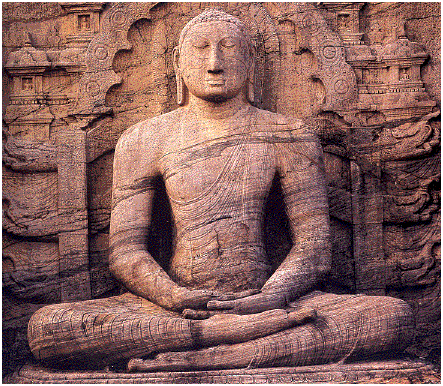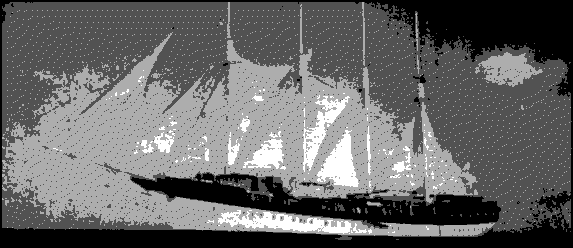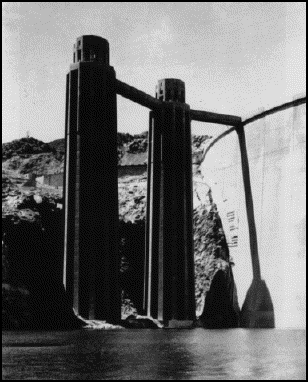Groundwater is that wet stuff that lies around under the ground and makes lakes and rivers and trees, but when you pump it and pump it and pump it --- the lakes and rivers and trees sicken, nearby houses can collapse, and fish and wildlife up and die or go away.If you have any doubts about that, ask Cathy and Steve Monsees who bought a house fifteen years ago on Prairie Lake --- some 100 acres in size --- near the Tampa Bay. They looked forward in their senior years to "fishing for bass, watching birds and wildlife."
What they didn't bargain for was their lake gradually disappearing because of the insatiable thirst of Tampa-St. Petersburg, where 1,179 new residents move in every week. Tampa Bay Water bought and developed three major groundwater pumping areas near the Monsees, and a recent study found that
Of the 153 lakes in the region, it found that fewer than ten functioned as healthy lakes and over half were seriously impacted or even dry.
The villain? We could blame the developer who built the Mosees' house, or the water districts pumping endless waters from the ground, or the stork who brought so many new babies into our world --- but the real bad guy is a legal concept called "the doctrine of prior appropriation."
In brief, it says that he who arrives first on a piece of land --- adjacent to a river, say --- has the absolute right to divert whatever waters he may want for purposes of mining, farming, or milling. Those who come later have only secondary rights, with one exception. If the original landholder fails to divert sufficient water from the river, the doctrine says that he is wasting it, and he may lose his water rights.
It's a screwed-up system, and it is screwing up America's lands, ecosystem, and our future.
Groundwater pumping has caused rivers, springs, lakes, and wetlands to dry up, the ground beneath us to collapse, and fish , birds, wildlife, trees, and shrubs to die. In the Southwest, we have seen verdant rivers, such as the Santa Cruz in Tucson, become desiccated sandboxes as cities pumped underground water until the surface water disappeared ... freshwater is becoming scarce, not just in the arid West, with its tradition of battling over water rights, but even in places we think of as relatively wet.
Glennon takes twelve cases of gross misuse of groundwater, and shows how the big guys win, and the little guys (and plants and animals and wells) wither away. Also, he tells of towns, cities, water districts and whole states in pitched battle with each other for the fast-disappearing ground water. There is, for instance, the Apalachicola-Chattahoochee-Flint River Basin, in which the oyster cultivators of Apalachicola, and the states of Florida and Alabama are at war with Georgia and Atlanta --- now with 4,000,000 inhabitants --- which is sucking away most of their water with the kind assistance of the U. S. Army Corps of Engineers. In this country, state water laws constitute a fantasy world, where surface water is treated differently than groundwater. For the latter, he who has the biggest pump wins.
Whether it is catfish farming or goldmining or a coal-slurry pipeline, they all create "externalized costs" (e.g., you and I pay --- they don't). Peabody Energy or Barrick Gold Corporation or Perrier Water (owned by Nestlé) make out like bandits; and everyone else gets to watch their favorite swimming hole dry up, and then we find ourselves heavily taxed to try to undo the damage that's been done.
How to cure the problem? Glennon has an eight-point strategy, which includes state protection of minimum stream flows, the ending of unregulated groundwater pumping, an "extraction tax" on water pumped from a well within a certain distance of a river, spring, or lake. Water meters should be installed to measure that water taken from the ground, and new pumpers must mitigate the impact on the environment.
Glennon also encourages financial incentives --- which would include something as simple as putting a value on the water pumped --- rather than treating it, as we do now, as a free product. "Our habits of water use will not change until the cost of water rises sufficiently to force an alteration," he states.
§ § §In 1972, one of the few times of my life when I was quite flush, and money was burning a hole in my pockets --- I looked around for a hot springs to buy: a place where my friends and I could go on weekends to lollygag about and let the aches and pains of civilization leach into the warm waters. I was told of one for sale in the Fresno, California area, in the middle of the central valley farm belt.
When we arrived to look it over, the owners treated us to a wonderful catered lunch, plied us with fine wines, led us through several glorious 19th century buildings that had been part of a luxurious spa. Finally I asked if we could see the waters.
Reluctantly, it seemed, the once-jolly couple led us down a narrow path to a broken-down bathhouse, filled with cobwebs and fallen beams and dusty windows. I could see nothing but wrack and ruin, much less water. "Where are the hot springs?" I asked. The now-glum owner turned to me and said, "Gone."
"Where?"
"Groundwater pumping," he said. Constant pumping by the nearby agribusinesses had lowered the water table so much so that the hot springs were, in effect, defunct.
That was thirty years ago and we suspect --- and Glennon has proved, in non-technical terms, with easy-to-understand examples, and heart-breaking surety --- that the problem is now far, far worse.


